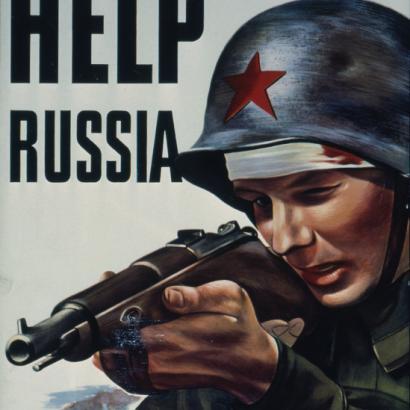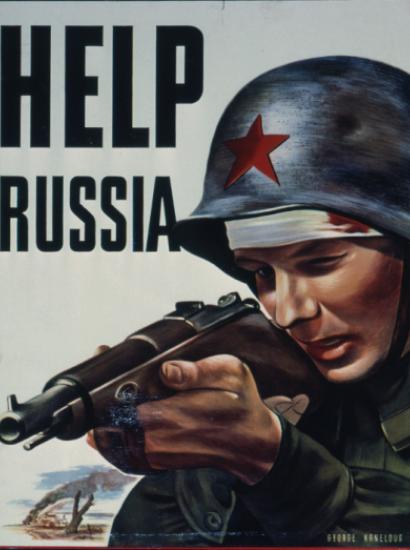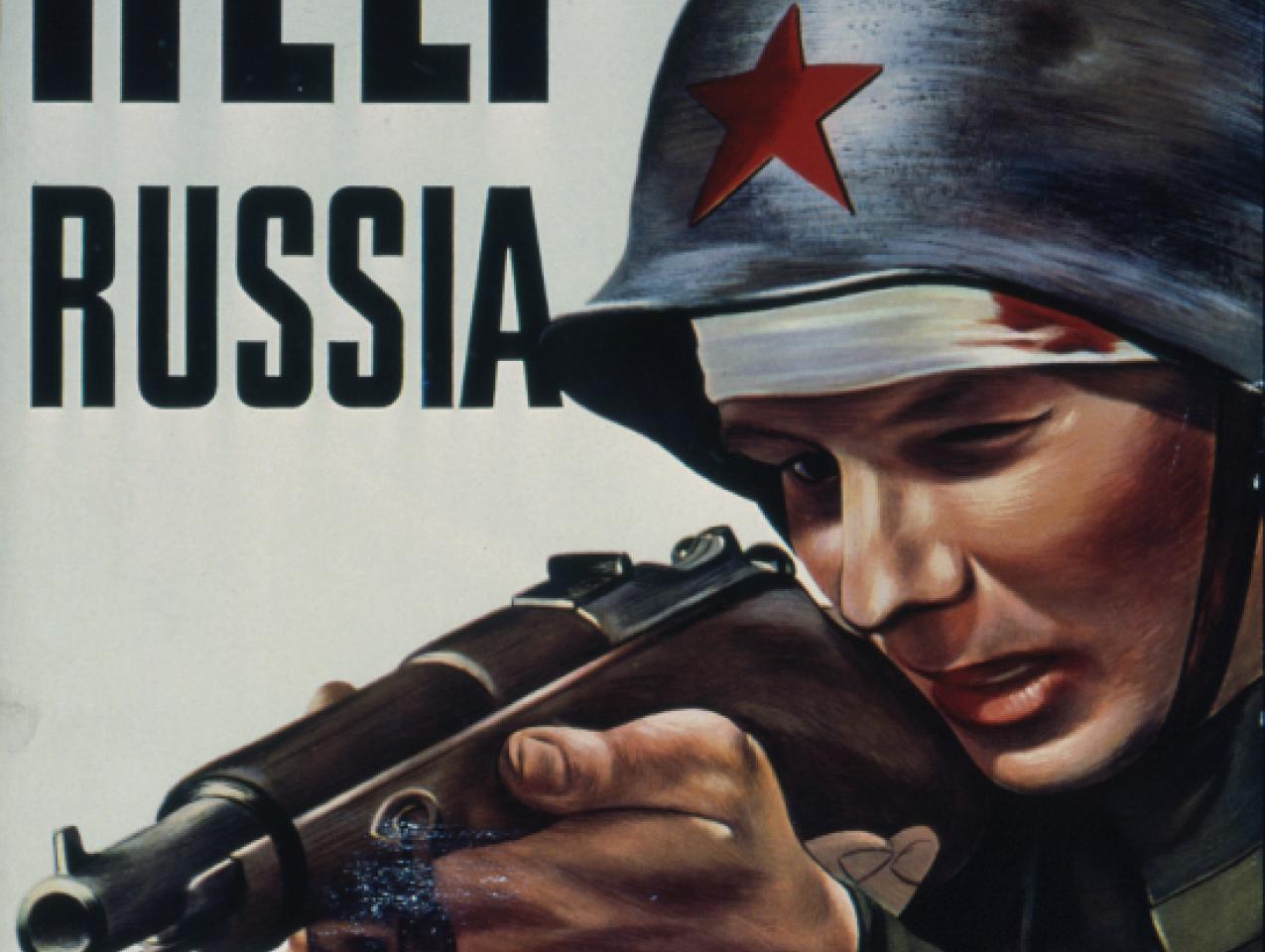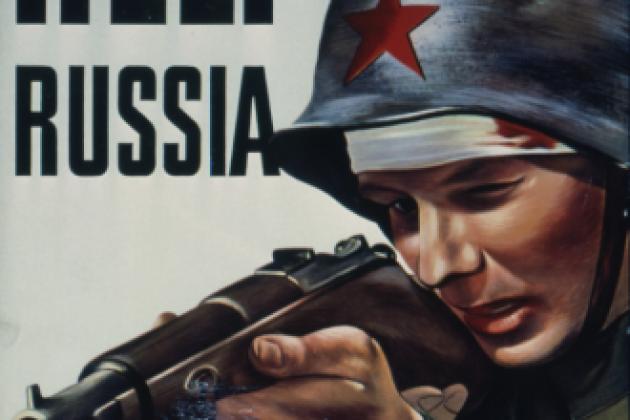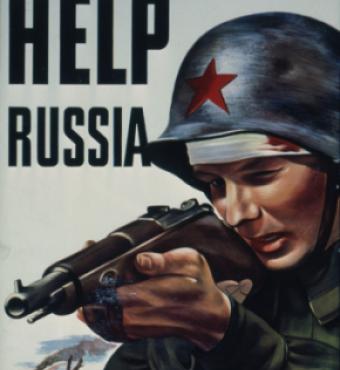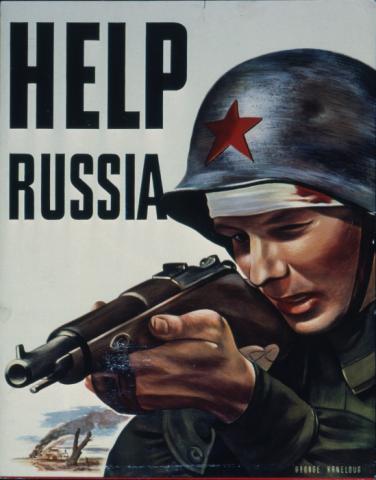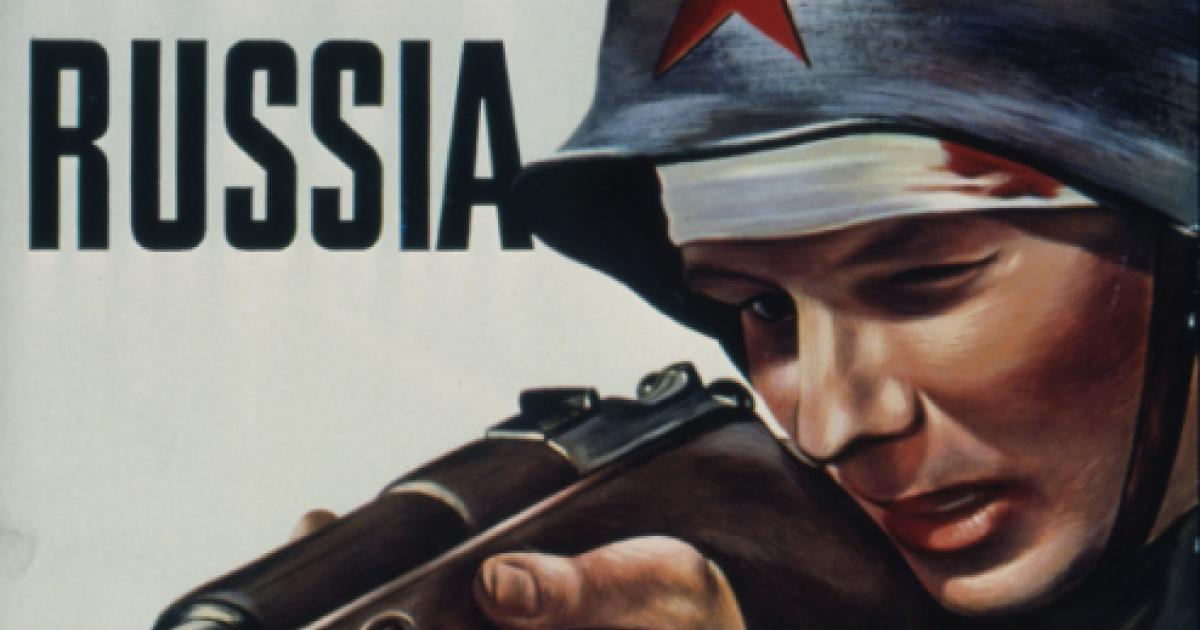- History
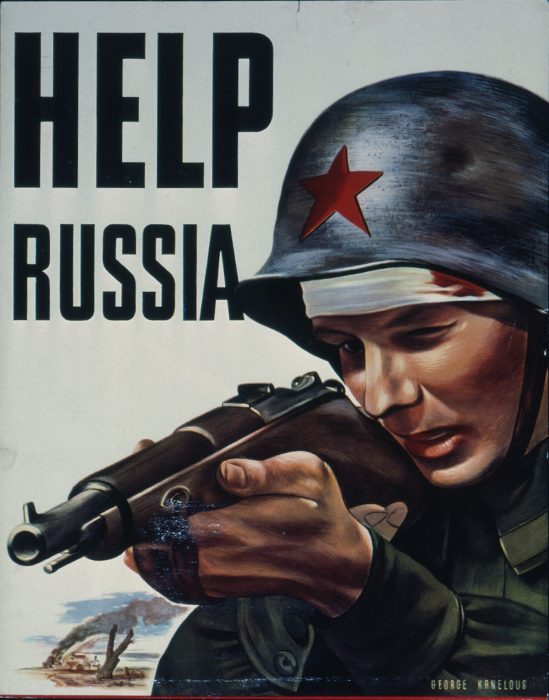
Vladimir Putin’s arrest of Alexei Navalny, the nationwide protests that followed, and the Solar Winds cyber-attack demonstrate the rough veneer of U.S.–Russia relations that President Biden must now navigate. An Obama-era “reset” is out of the question.
Beneath this razor-edged surface are the long-term prospects for Russo-American cooperation as exemplified for instance by the Kremlin’s hybrid intervention in Belarus in the fall of 2020. But it is the statesman’s task to see beyond the immediate political crisis, cut through confusion and contradiction, and chart a wise course into the future. Every possibility must be reviewed. Even a partnership with an ethically repugnant geopolitical foe.
Ironically, the Belarus intervention reveals more clearly one of Putin’s core motivating factors. For all his pretentions of international strength and domestic unity—including the supermajority he commands in every presidential election—Putin still views a “color revolution” within Russia as a real possibility. Although the Kremlin gained control of Crimea, the Ukraine crisis generated significant political costs. Russia is now wholly responsible for a small enclave of Eastern Ukraine with no domestic economy. Its occupation of five percent of Ukrainian territory has earned it the Ukrainian population’s lasting enmity, both in the country’s west and its east. And while sanctions pressure has not destroyed the Russian economy, it has at least undermined it.
Belarus holds different risks than Ukraine. Unlike Yanukovych, Lukashenko is a staunch Putin ally. Belarus lacks the standard post-Soviet oligarchy that Europe can tempt with its promises of free movement, free trade, and access to top-quality higher educational institutions. Moreover, the Belarusian state security services are already integrated with Russia’s, making a hybrid intervention easier to execute. Indeed, if Putin wishes to annex Belarus—a remarkably aggressive move, even for the man who escalated in Ukraine in late-2014—he likely can.
Putin’s possible support for Belarus strongman Alexander Lukashenko is risky. The population will object, much as Ukraine’s did, and like that of any post-Soviet state would, to Moscow’s renewed colonial rule. But Belarus is isolated, an international outcast ruled by Europe’s only remaining despot. One suspects that Putin can break its will.
Putin’s strategy of progressive western expansion—being demonstrated now in his support for Belarus strongman Alexander Lukashenko—carries risks. Directly absorbing large populations now accustomed to independence will stress Russia’s security services. Propping up puppets will do the same, while amplifying already extant corruption concerns. And the harder Putin presses NATO and the EU, the greater the risk of severe backlash, which could make his feared Russian color revolution a reality.
Much is made of Russian historical memory when discussing its European policy. Europe, that is, a united Europe, is an incorrigible threat to Russian survival. Napoleon, Hitler, Charles XII before them—every major modern power that controls at least Eastern Europe views Russia as a target. But in each case, Russia survived, albeit severely bloodied.
The same cannot be said when Russia’s enemies invade from the east. Indeed, of Russia’s enemies, only the Mongols were able to invade and subjugate her entirely. In a five-year campaign, the Mongol Golden Horde swept across Russia, conquering or vassalizing all Russian political units, and killing seven percent of the population.
Similarly, just as Ukraine, Belarus, and the Baltic States hold historical-emotional significance in Russia’s national narrative, so do Central Asia’s post-Soviet republics. Continuous wars of conquest defined Imperial Russia throughout the 19th century. Unwilling to challenge the European balance, it looked to the south and west to assert itself, progressively conquering, annexing, and vassalizing all territory up to Persia and Afghanistan.
Soviet rule was the natural extension of the prior century’s colonization. Despite the Soviet Union’s collapse, Russia retained clear influence in Central Asia throughout the 1990s, particularly through contacts with new national militaries, whose leadership and structure stemmed from their Soviet predecessors. Most significant, Russia provided security to the newly independent Tajik government, which lacked its own military under Soviet rule. These relationships continue today. Moscow maintains military bases throughout Central Asia and uses its political capital to secure access to the region’s lucrative hydrocarbon reserves.
Considering Putin’s deep-seated paranoia, it’s reasonable that he believes the West seeks to overthrow him by engineering a color revolution. But that threat qualitatively differs from the threat China poses. Since NATO enlargement in the mid-2000s, practically every country in post-Soviet Europe has drifted from Russia’s sphere of influence. By contrast, Russia retains its monopoly on Central Asian security, maintaining a strategic buffer between it and growing powers in Asia and the Near East.
Chinese economic ambitions may shift this balance. China has avoided exerting direct political or military influence in Central Asia. But its One Belt One Road initiative—a strategic overland pipeline providing critical insurance in any Sino-American war—will require gaining direct political control in the region, particularly considering the centralized nature of these post-Soviet states and their control over natural resource deposits that China needs. A major political crisis, in, say, Kazakhstan after Nursultan Nazarbayev leaves power could trigger more robust Chinese involvement.
Moreover, the global Salafi-Jihadi network will target China in retaliation for its genocide in East Turkestan. A post-COVID, isolated, and aggressive China will likely be tempted to use force against an expanding regional Islamist threat. Additionally, any economic or political leverage China can cultivate in the Near East, most importantly in Iran, could lead to a more robust physical presence outside of Asia. This, in turn, would require unobstructed communications and supply lines running through Central Asia, further infringing upon Russian interests.
If any one of these friction points sparks, a Sino-Russian break becomes possible. Nevertheless, Western statesmen must be exceedingly cautious. Russia has generally struggled to fight major Asian land wars since the beginning of the 20th century, with the notable exceptions of the Battles of Khalkhin Gol and the Soviet invasion of Manchuria. This difficulty stems from Russian overextension. Any regime in the Kremlin must pick and choose where it commits forces, being unable to defend the entirety of Russian territory from all possible threats. History and political trends have dictated that Russia emphasizes Europe over Asia, a fact reflected in its current conventional force balance.
Still, the Kremlin has not left its Asian borders completely undefended. Russia has stationed a high proportion of nuclear-capable short-range cruise missiles in the Eastern Military District. In the event of a Chinese contingency, it is almost certain that Russia will “escalate-to-terminate,” employing nuclear weapons to signal Moscow’s resolve to Beijing and even the distinctly unbalanced conventional odds.
It is possible that a longer-term European settlement would allow Russia to transfer conventional forces to Asia. But no American policymaker should expect such a settlement for at least three to five years, nor such a transition for the next decade. It is prudent for America’s statesmen to court Russian assistance in the deepening confrontation with China. At minimum, it would free up NATO and American resources for a major Pacific and Near Eastern rebalance. At best, it would unite practically every major power against an increasingly dangerous China. But a partnership with Russia carries significant risks, especially if that partnership remains loose, informal, and poorly structured. A tacit Russian ally, for all its support, brings with it the dangers of escalation.







